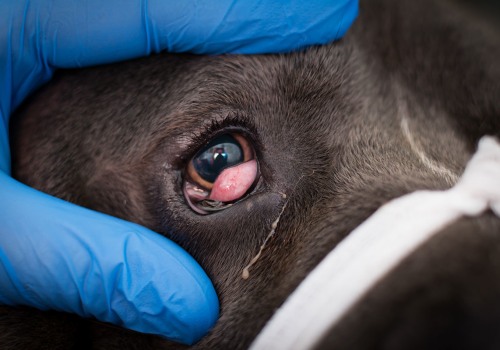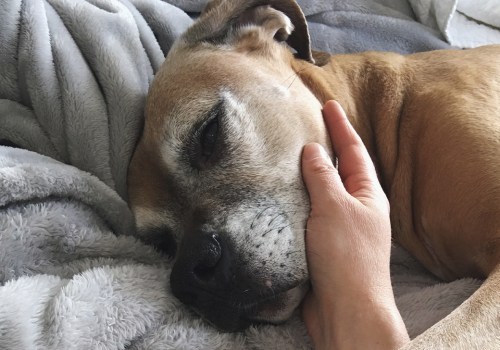It can be difficult to tell if your pet is suffering from a neurological disorder, but there are some signs that you should look out for. Common signs of a neurological disorder in pets include difficulty walking or coordinating movements, abnormal eye movements, loss of balance, tilt of the head, altered behavior or appetite, reduced responsiveness to touch or pain, and disorientation. If your pet is shuffling their legs during walks or walking on the top of their legs, this could be a sign of “knuckles”, which is an inherited condition that can lead to painful injuries and eventually a loss of mobility. Seizures can also be an indicator of neurological problems.
Depending on the diagnosis, these can usually be controlled with medications. Uncontrollable tremors and whining can also indicate that your pet is in pain. If your pet is showing any signs of pain or distress, it is important to take them to the vet as soon as possible. Unfortunately, cats can suffer from a wide variety of serious neurological disorders, some of which can have fatal consequences. According to Curtis Dewey, DVM, associate professor of neurology and neurosurgery at the Cornell University School of Veterinary Medicine, he and his colleagues typically treat four or five cats with neurological problems every week at the university's animal hospital.
Types of Neurological Disorders in Pets
Epilepsy is due to defects in the electrical transmission of nerve signals within the cat's cerebral cortex.This condition can be secondary to head injuries, metabolic irregularities, or tumors. A relatively common form is called idiopathic epilepsy, which has no discernible cause for the violent seizures experienced by an affected cat. Cats with idiopathic epilepsy are usually normal in every other way and can often be controlled with daily medications.
Congenital disorders
are also common in cats. One such condition is cerebellar hypoplasia, which affects the cerebellum - the part of the brain responsible for muscle coordination.Some kittens that are born infected with the feline distemper virus will immediately show a serious lack of coordination. There is no cure for this condition but cats with this neurological problem can live a long life. Hydrocephalus is another condition that affects cats. This occurs when there is an abnormal accumulation of fluid which causes skull enlargement and brain compression. In some cases this can be alleviated through surgery that allows excess fluid to drain from the cat's brain into its belly.
Infectious diseases
such as Feline Infectious Peritonitis (FIP) can also cause neurological damage in cats.Bacterial infections in the cavities of the middle and inner ear can also cross the skull and cause a brain infection.











Leave a Comment